
Michael Joo talks about "Aftermath 余波"

"Fragments of a tree"
RECON & Entasis series
The work RECON is made up of many parts of a Ubame oak branch from Japan, which is currently used as the base material for Binchōtan, or traditional white charcoal making in Japan. I’m very interested in this making technique as producing a material with the highest amount of purest form of carbon.


RECON (Detail)
One of the things about the branch is that it’s the first thing that reaches out in growth, and it’s also a feeler into the unknown. In many ways, its reflection of a much larger whole is something that really interests me in my work—what remains in the tree after this extreme fire or charcoal burning. In the process, the branch itself and all of its form and its growth is broken, as the material turns to carbon in extreme high heat. It becomes somewhat brittle in this extreme process. After any kind of natural disaster or environmental catastrophe—even, perhaps, man-induced, such as a fire, or even a flood—I'm interested in the kind of desire and need to go through what remains after such a cataclysm to reconstruct the pieces that were existing before.
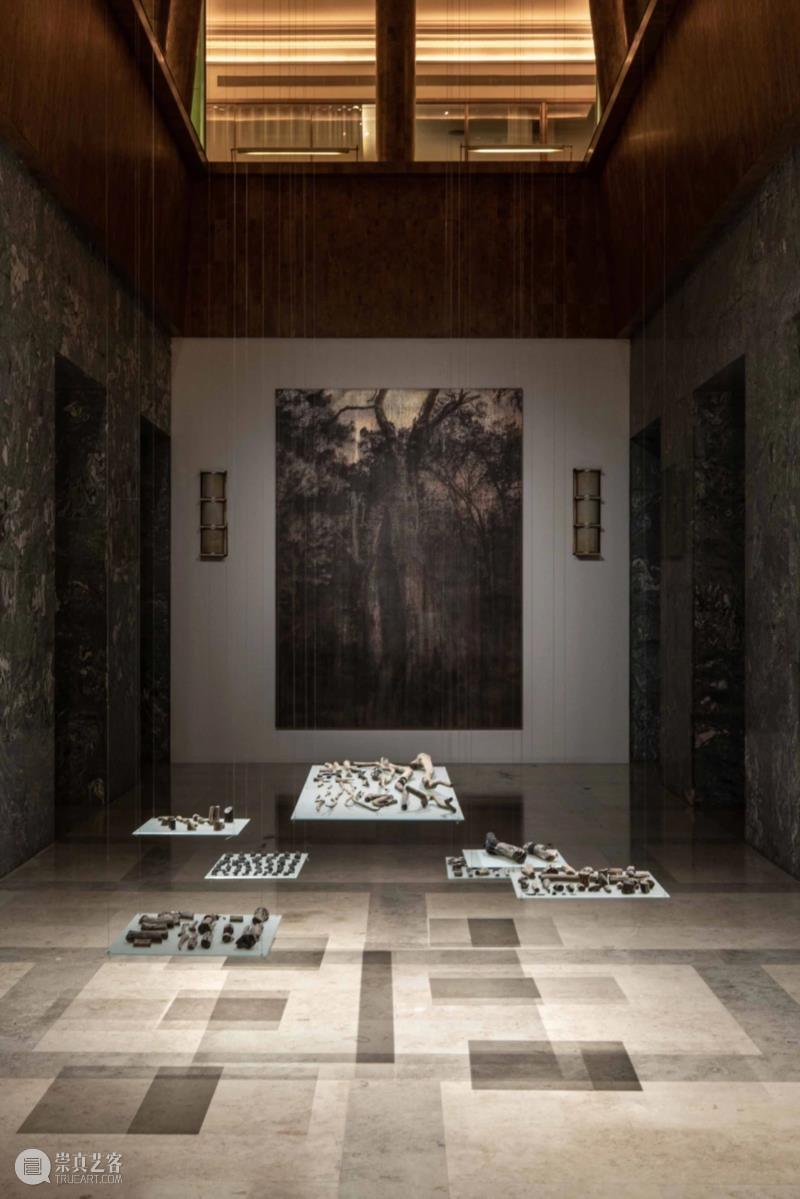
Both RECON and the Entasis series paintings, which are the tree paintings in silver nitrate, have this thematic form of the tree at their center. In RECON’s case, of course, it’s a branch: in many ways, one singular extension of another whole; and in Entasis, the tree is whole, but also a shadow of a former self. The Entasis painting shows a portrait of a tree that’s been growing for thousands of years but killed in an instant by lightening. The tree has now stopped growing and will begin to disintegrate and return its own matter back into the eco-system that it belongs. I’m interested in these new potentials in both of those works.

The Single Breath Transfer series of glass sculptures is really a lot about communication and transmission for me. The plastic and paper bags that are the original starting point of these works are actually found on the street as garbage or refuse. For me, to take them off the street and to inflate them with my own breath is almost a type of “CPR” for the bag to give it form again. So upon breathing into the bag and inflating it, I freeze the bag with wax and liquid nitrogen and then have a mold made very quickly, after which the mold is passed onto the glassblower, who then puts his or her breath into this form. And the result of the molten glass being blown into the mold burns the bag away so that all that’s left is the glass form. Interesting to me is the fact that this seemingly fragile and really inconsequential material has now become arrested in this equally fragile but very still form. The paper is something that’s very combustible and could actually burn; in contrast to that, the glass that’s taking the place of this paper bag is by nature born of fire and made of something extreme in the opposite sense. So I find it appropriate and evocative that something that’s molten at extremely high temperature would come in to replace something that is combustible.

Single Breath Transfer (posterior basal)
The wood plinths, much like the bags themselves, are actually recycled or salvage material. They are actually salvaged from old Chinese houses, repurposed and recut to serve as the basis for these also repurposed and recycled bags that I have retransformed into these vessels. I’m very interested in the thought that the things that are overlooked on one hand might be looked into more carefully or reexamined again rather than discarded; they then gain new potentials and possibly new ways of being looked at.
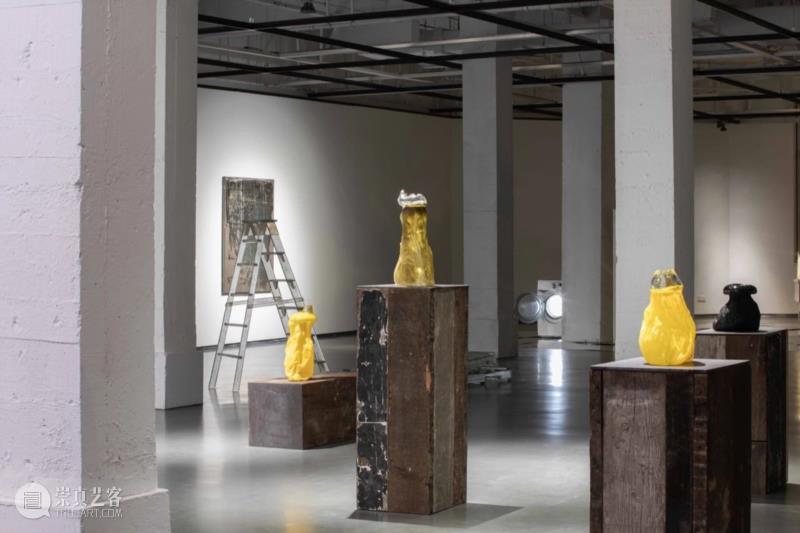
Like silver nitrate, images are “toxic” . . . Images are both presentable and inexpressible, just as silver as a material both camouflages and reflects.
Michael Joo talks about "image"
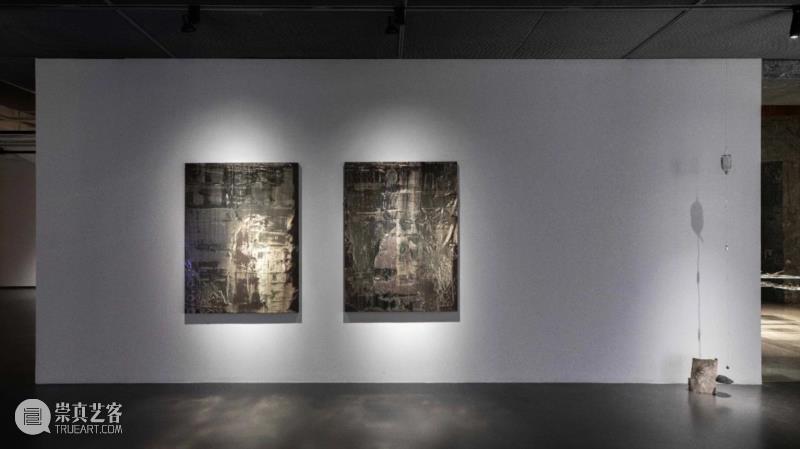
AFTERMATH 余波 at SGA
We came into the Songjiang area, intending to work on three paintings, and perhaps one other sculpture—and in the end, ended up having a very flourishing and productive studio, where we must have produced between 15 and 20 works. I had enormous help and support—both, of course, from the gallery and from our curators—but really coming alongside that, an instrumental in realizing these works was the generosity and unquestioning comradery of the local artists, both within the studio complex area and in the surrounding area. This kind of exchange of cultural knowledge, as well as really on-the-ground, logistical material assistance is more than any artists can hope for, I think—at least one with a material and process-based practice like myself.
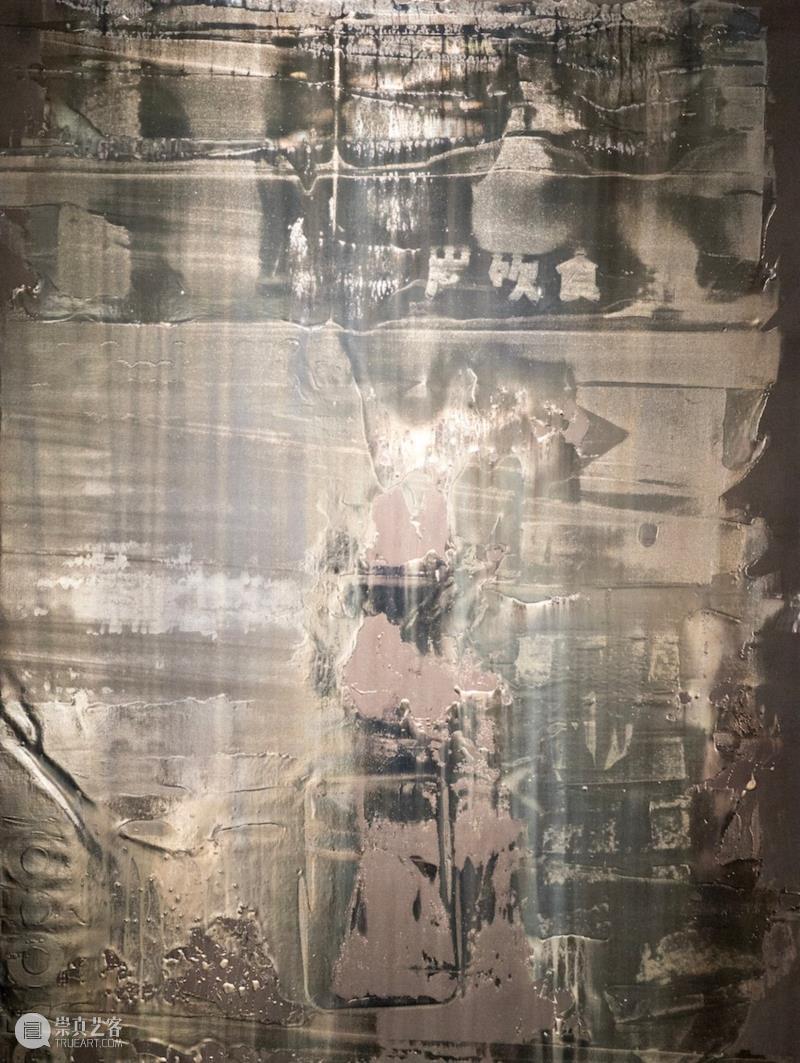
There was one time when I was looking for the source material for the Low Mass Stars painting—the silver nitrate, abstract painting—within this show. These works in the series are always made onsite in buildings and architecture that are in between identities—either on their way to destruction or, by the same token, on their way to resurrection or rehabilitation. So to find areas like this—coming in fresh to Shanghai—was very daunting. I remember being put in touch by my curator, nrm, with local artists who generously provided us with materials for the pedestals from their ongoing project, which was very touching to me. And I think that, in many ways, is symbolic of what I felt my contact with artists here was.
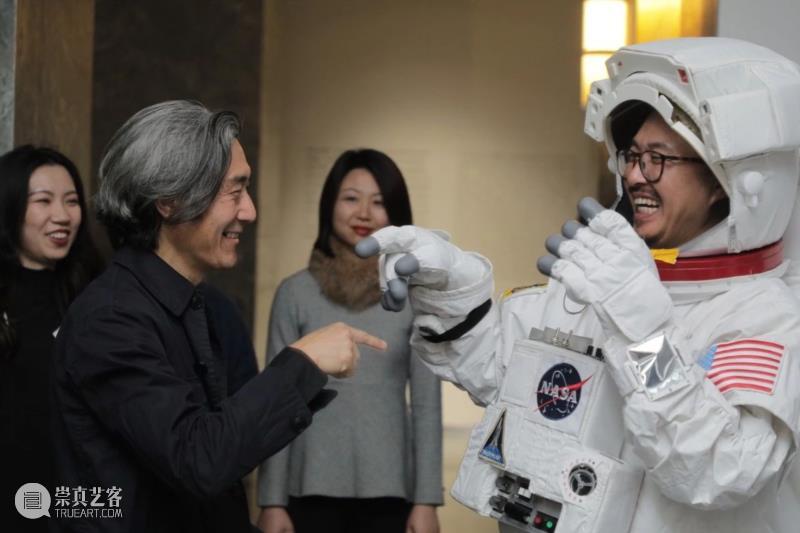
I find the historic, conceptual or intellectual meaning of those materials to be quite profound, and also, perhaps really embedded deeply in the culture and deeply in the minds of people. And I find that those creators, those kinds of terms were something that we could easily meet around and be able to discuss without having to be bound by language specifically or be bound by the specifics or definition. In that way, I tied the place and the practice as breaking down a lot of culture and communication borders.

Michael Joo, Gao Weigang, and SGA Staff
. . . These materials carry information that belongs to this special place and special people. My work is not about interpreting the culture, for I don’t want to misread cultures. I only display information without saying that I understand. The creating process is much like a blind person feeling and touching something, and then forming in mind an image that is "not an image."

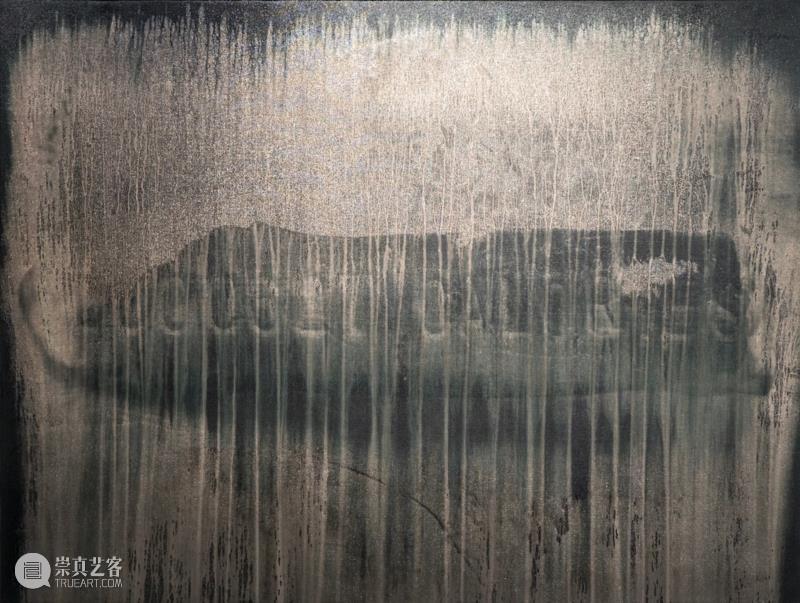
Post-Lingual (Signage), Silvered epoxy on canvas
198 x 150 x 5 cm, 2019
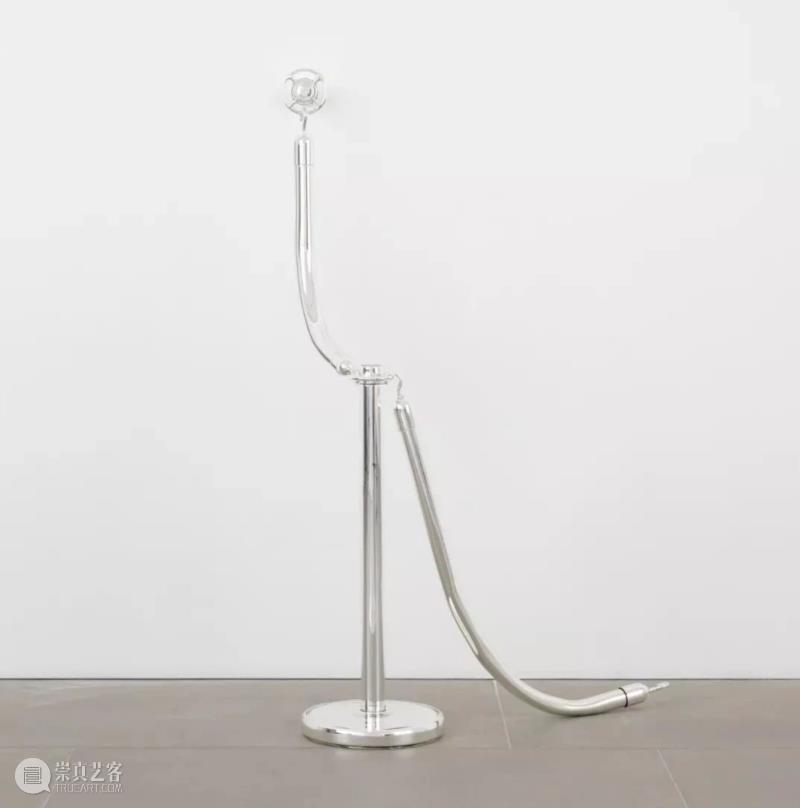
Emigrant, Borosilicate glass, silver nitrate,
lacquer, 139.7 x 61 x 81.3 cm, 2012

Simultaneity Bias (pan and brush), Cast glass
44.5 x 41.3 x 9.5 cm, 5.1 x 8.3 x 35.6 cm, 2017

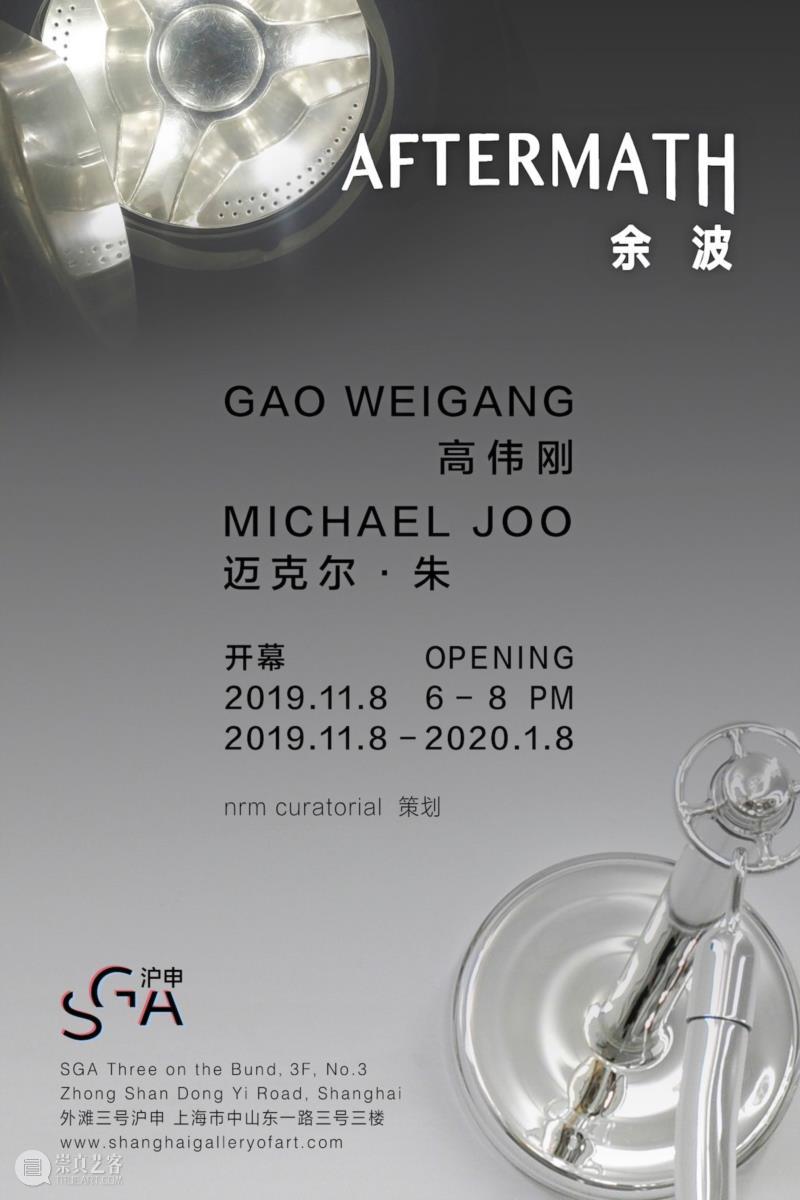




已展示全部
更多功能等你开启...





 分享
分享